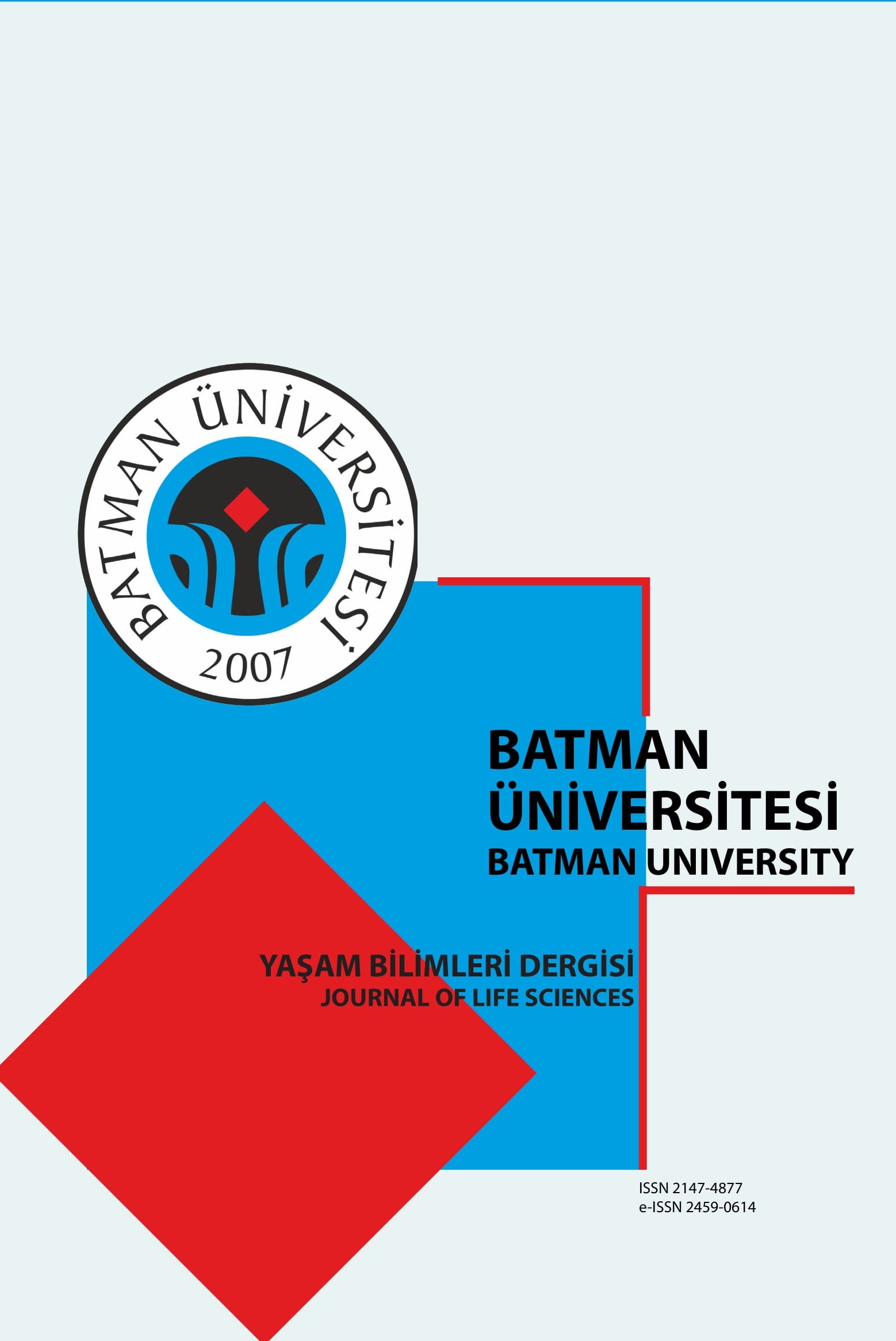Boru Akışında Aşırı Pürüzlülüğünün Güç Tüketimine Etkisi
boru akışı, pürüzlülük, sürtünme
Impact of Excess Roughness on Power Consumption in Pipe Flows
___
- Cabrera, E., Pardo, M.A., Cobacho, R., Cabrera, E.J. (2010). Energy audit of water networks. Journal of Water Resource Planning and Manangement, 136:6:669-677
- Bagarello, V., Ferro, V., Provenzano, G., Pumo, D.(1995). Experimental study on flow-resistance law for small diameter plastic pipes. Journal of Irrigation and Drainage Engineering, 121 (5), 313–316.
- Bernuth, R.D. and Wilson, T. (1989). Friction factors for small diameter plastic pipes. Journal of Hydraulic Engineering, 115 (2), 183–192.
- Boulos, P.F.& Bros, C. (2010). Assessing the carbon footprint of water supply and distribution systems. Journal AWWA, 102:11:47-54
- Çengel Y.A. & Cimbala J.M. (2006). Fluid Mechanics Fundamentals & Applications. McGraw-Hill
- Filion, Y.R. & Karney, B.W. (2003). Sources of error in network modeling: a question of perspective, Journal AWWA, 95:2:119-130
- Franzini, J.B. and Finnemore, E.J. (1997). Fluid mechanics with engineering applications. int. ed New York: McGraw-Hill.
- Diogo A.F.& Vilela F.A. (2014). Head losses and friction factors of steady turbulent flows in plastic pipes, Urban Water Journal, 11:5, 414-425,
- Haaland, S.E. (1983). Simple and explicit formulas for the friction factor in turbulent pipe flow. Journal of Fluid Engineering, 105 (3), 89–90.
- Hernadez, E., Pardo, M., Cabrera, E., Cobacho, R. (2011). Energy Assessment of Water Networks: A case stude. Water Distribution Systems Analysis, 2010:pp.1168-1179
- Holman J.P.(1989). Experimental Methods for Engineers, 5th edition Mc-Graw Hill Company, NewYork
- Quintela, A.C. (2000). Hidraulica. 7th ed. Lisboa, Portugal: Fundaçao Calouste Gulbenkian.
- Lamont, P.A. (1981). Common pipe flow formulas compared with the theory of roughness. Journal AWWA, 73:5: 274-280.
- Lamont, P.A. (1954). A review of pipe-friction data and formulae with a proposed set of exponential formulae based on the theory of roughness. Proceedings of the Institution of Civil Engineers, Part III, 3 (2), 248–275.
- Moody, L.F. (1944). Friction Factors for Pipe Flows. Transactions of the ASME, 66 pp. 671–684.
- Nikuradse J. (1932). Gestzmassigkeiten der turbuleten stromung in glatten rohren, Forschung auf dem
- Novais-Barbosa, J. (1986). Mecanica dos Fluidos e Hidraulica Geral. vol. 2. Porto, Portugal: Porto Editora.Gebiet des Ingenieurwesens. Translated in NASA TT F-10, 359, 1966, 3, 1932, 1-36
- Özışık M.N. (1985). Heat Transfer A Basic Approach, New York: McGraw-Hill
- Prosser, M., Speight, V., Filion, Y. (2013). Performance and pipe-age based replacement scheduling: comparison using life-cycle energy analysis. Journal AWWA, submitted.
- Reynolds O. (1883). An experimental investigation of the circumstances which determine whether the motion of water shall be direct of sinuous and the law of resistance in parallel channels. Phill. Trans. R.Soc. Lond. A 174, 935–982.
- Romeu, E., Royo, C. and Monzo´n, A. (2002). Improved explicit equations for estimation of the friction factor in rough and smooth pipes. Chemical Engineering Journal, 86, 369–374.
- Speight, V.L. (2013). Impact of pipe roughness on pumping energy in complex distribution systems, 12th International Conference on Computing and Control for the Water Industry, Procedia Engineering 70, 1575-1581 Walski, T.M. (1984). Analysis of Water Distribution Systems. Van Nostrand Reinhold Company, Inc, New York
- Walski, T.M. (1993). Tips for saving energy. Van Nostrand Reinhold Company, Inc, New York
- ISSN: 2147-4877
- Yayın Aralığı: Yılda 2 Sayı
- Başlangıç: 2012
- Yayıncı: Batman Üniversitesi
Zülküf DEMİR, Oktay ADIYAMAN, Rifat YAKUT
Tabakalı Kompozit Plakların Darbe Davranışı Üzerine Deniz Suyu Etkisinin Araştırılması
Ramazan Karakuzu, İsmail Cihan Çalık, Mehmet Emin Deniz
Katlılığı 6 Olan Saturated Sayısal Yarıgruplar Üzerine
Meral SÜER, Sedat İLHAN, Ahmet ÇELİK
Yenilebilir Filmler ve Peynir Teknolojisinde Kullanımı
Aslı ÇELİKEL, Mutlu Buket AKIN
İbrahim Selçuk KURU, Pınar KARAKUŞ ORCAN, Filiz AKBAŞ, Çiğdem IŞIKALAN, Süreyya NAMLI
Batman İli Enerji Profilinin Araştırılması
Ayla Durmuş, Umut Ercan, Ali Serkan Avcı, Mehmet Ali Kallioğlu, Hakan Karakaya
Kürşat KARACABEY, Sultan SEYHAN, Yavuz ÖNTÜRK, Ufuk APUR, Yakup AKYEL
